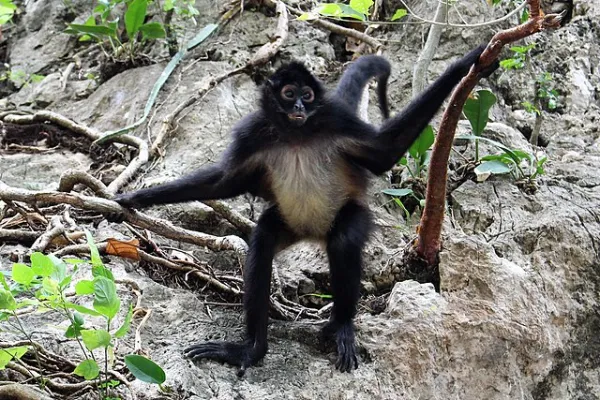
The spider monkey (Ateles geoffroyi) is a highly agile and intelligent primate native to the tropical forests of Central America and northern South America. Known for their long limbs and prehensile tails, these arboreal animals are essential for maintaining forest biodiversity. However, their popul...

In zoology, the term “monkey” is commonly used to refer to bothPlatyrrhines(New World monkeys) andCatarrhines(Old World monkeys). In everyday language, the word is often used interchangeably with “ape,” although there are key distinctions in scientific classification.Ther...
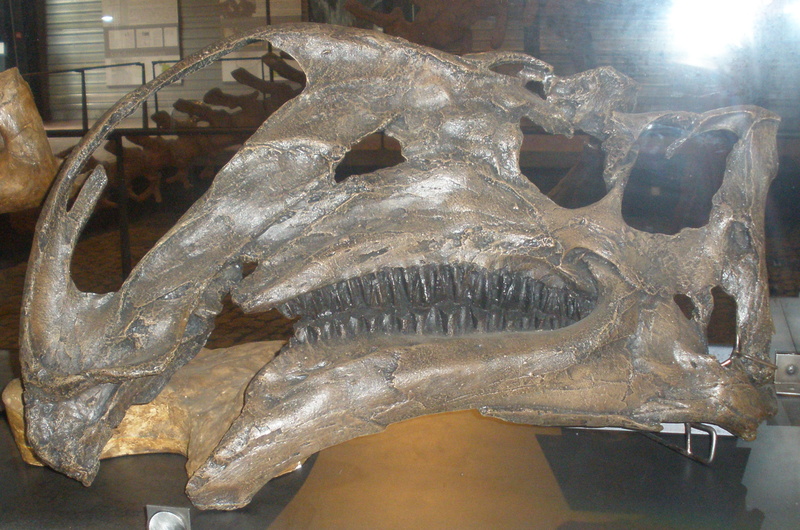
Monkey ranks ninth in the traditional Chinese zodiac, and its corresponding earthly branch is Shen. There are 277 species of monkeys known to exist. Molecular evidence suggests that monkeys originated at the end of the Cretaceous, but this record has not been fully confirmed. The oldest primate or t...
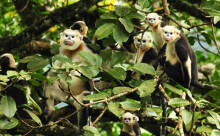
Vietnamese golden monkey (scientific name: Rhinopithecus avunculus) is also known as Tonkin Snub-nosed Monkey in foreign language, and has no subspecies.Vietnamese golden monkeys move in small groups, usually consisting of one male and multiple females, or groups of multiple males, with multiple sma...
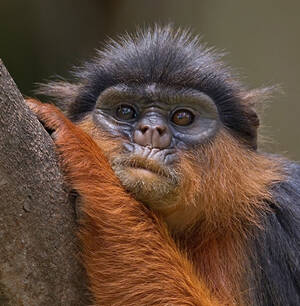
West African Red Colobus (scientific name: Piliocolobus badius) is also known as Western Red Colobus or Red Colobus in foreign languages. There are two subspecies of West African Red Colobus, namely the nominate subspecies and the Senegal subspecies. These subspecies have slightly different appearan...

Squirrel monkeys (scientific name: Saimiri sciureus) have 4 subspecies. They are small monkeys native to South America. They are easy to domesticate and can reproduce. They are gradually becoming pets.Squirrel monkeys live in primary forests, secondary forests and cultivated areas, usually near stre...
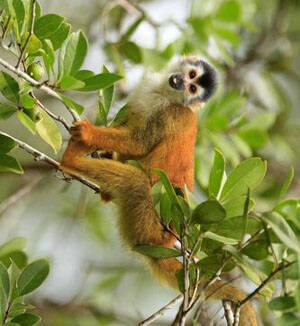
The scientific name of the red-backed squirrel monkey is Saimiri oerstedi. There are two subspecies: 1. S. o. oerstedii: distributed on the western Pacific coast of Panama and the Osa Peninsula of Costa Rica. 2. S. o. citrinellus: distributed in central Costa Rica, with an estimated number of only 1...

The scientific name of the Mahe squirrel monkey, Saimiri ustus, is a tree-dwelling animal that occasionally moves on the ground. They are active during the day, usually in groups of 10-30, sometimes up to 100 or even more. Each group has its own territory and uses the secretions of the anal glands a...
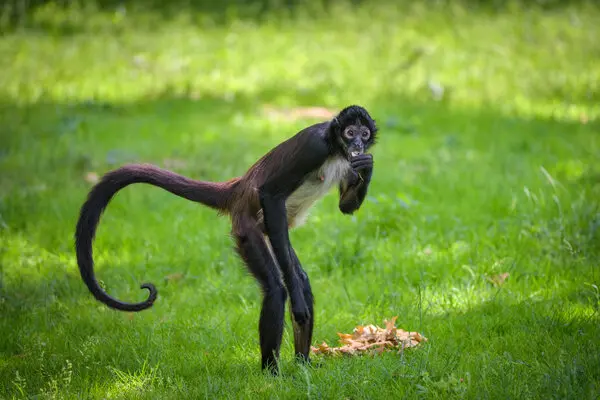
IntroductionMonkeys are one of the most representative groups of primates, and one of their most distinctive features is their long tails. Whether in tropical rainforests, mountainous jungles, or savannas, a monkey’s tail plays an essential role in its daily life. But how did monkeys develop their...
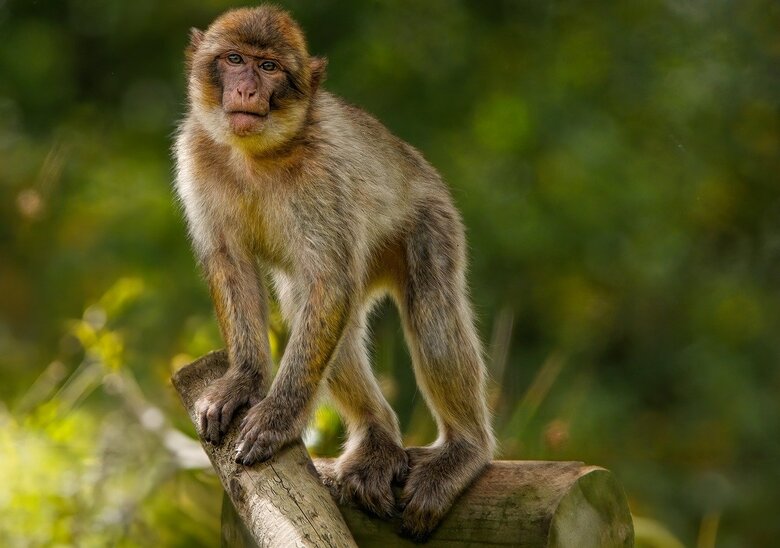
Monkeys are one of the most significant members of the primate order, found in tropical and subtropical regions across the globe. As close relatives to humans, monkeys are known for their high intelligence, agile limbs, and complex social behaviors. Whether it’s their chatter in the jungles or thei...
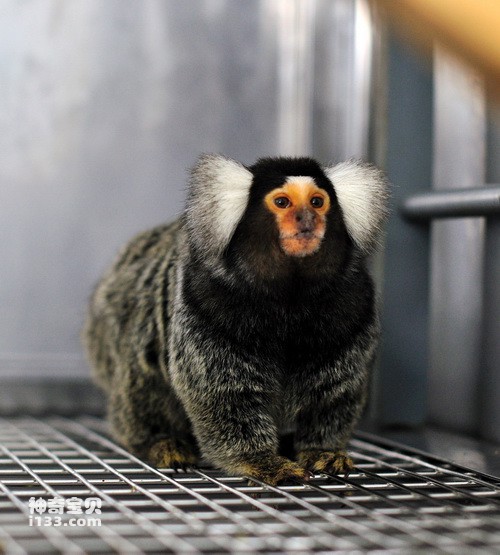
If you have watched the movie "Rio", you will definitely have an impression of the army of monkey thieves in it: the monkey uses the stolen gold watch as a belt to pretend to be rich. This scene graphically illustrates the size of the marmoset. The homeland of marmosets is the forests of nort...